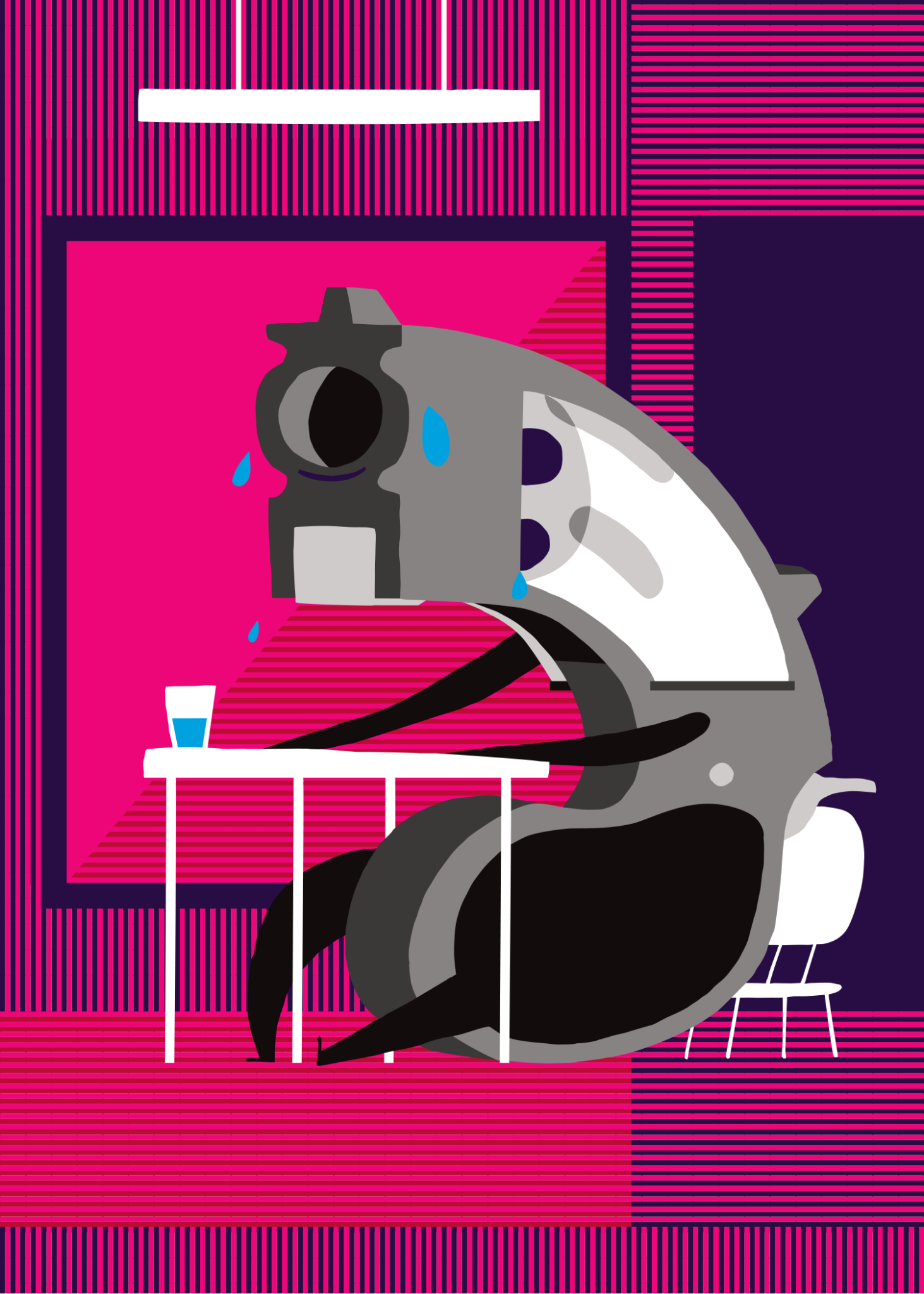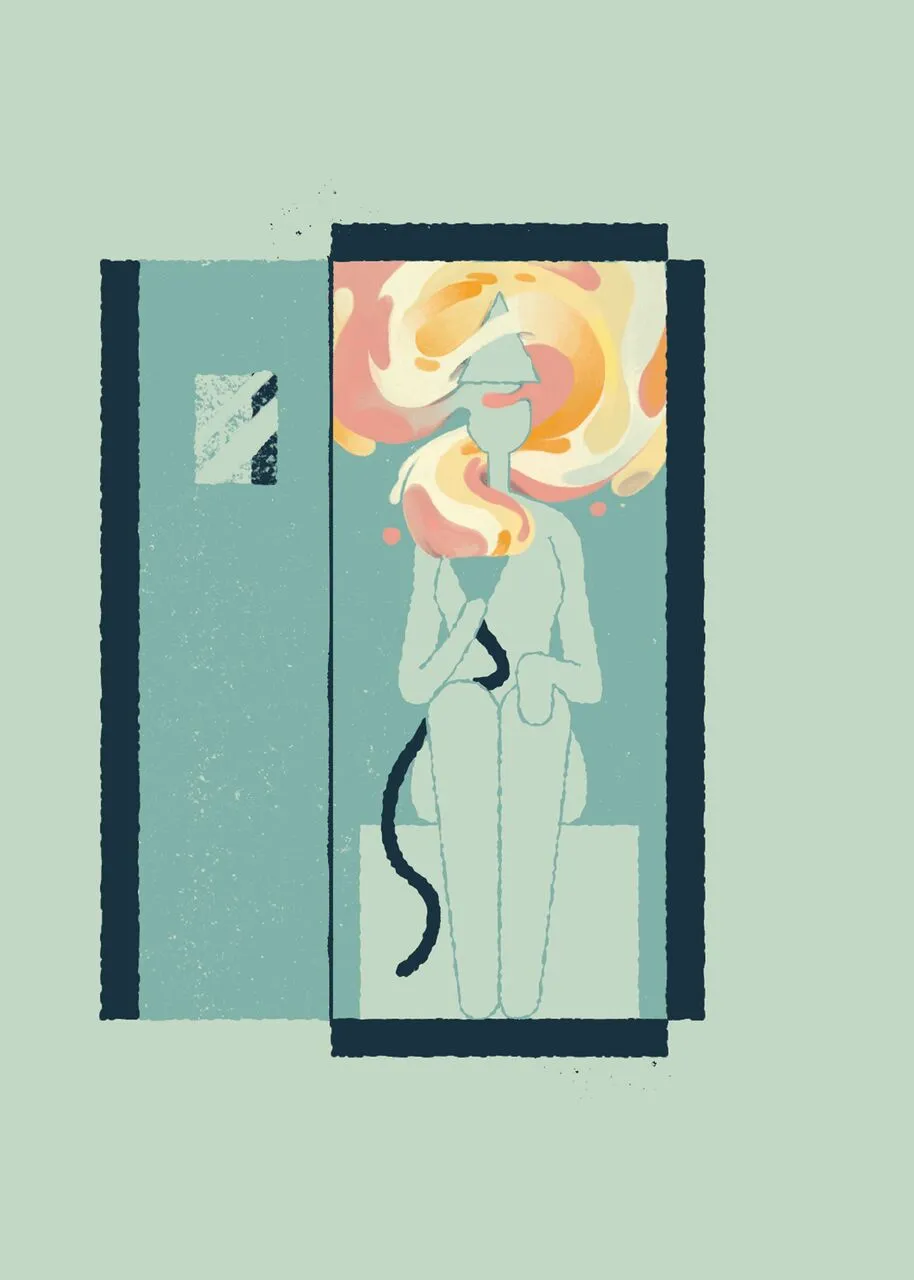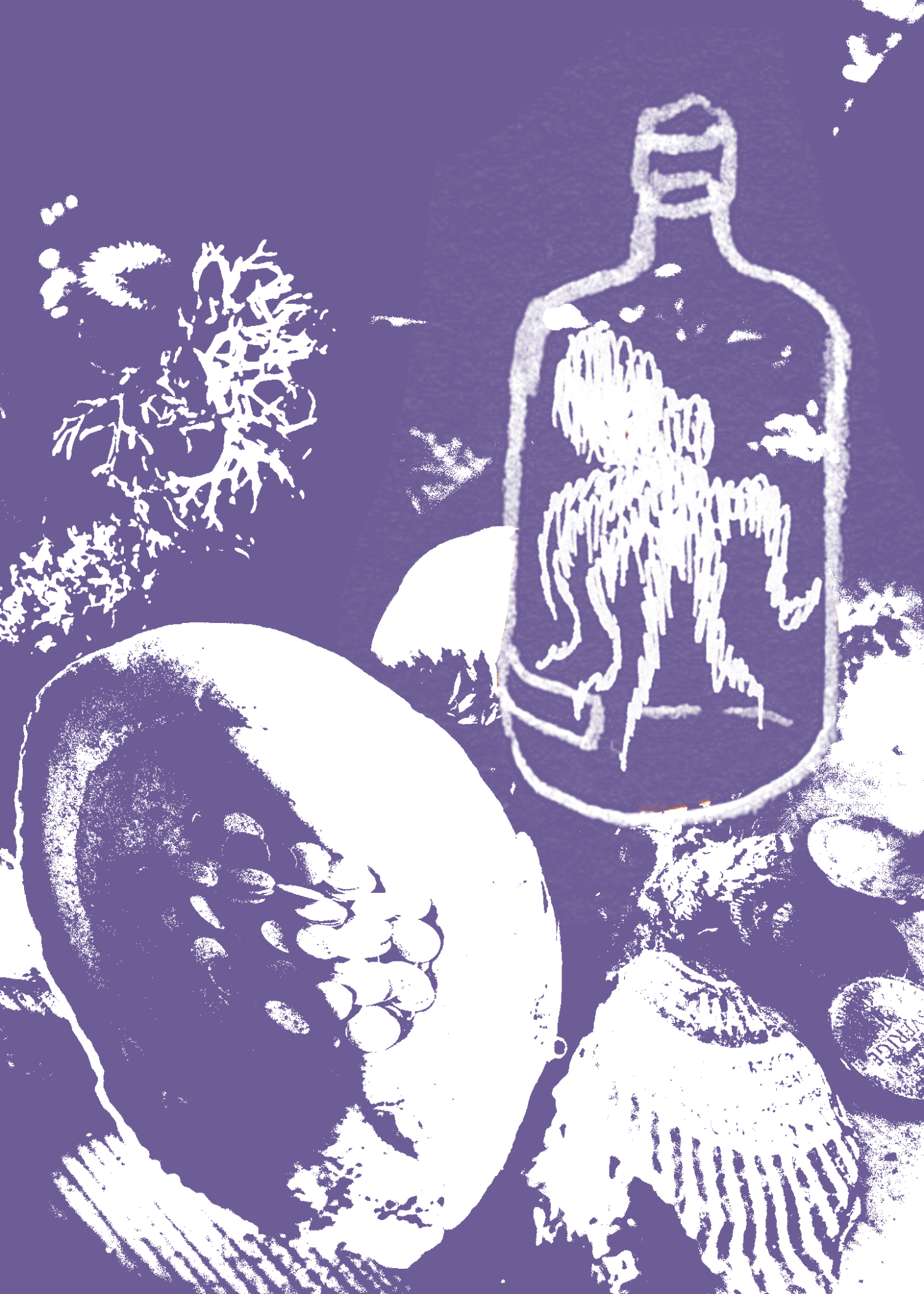LOST OBJECTS vs. DAILY HELLER
By:
December 1, 2022

On October 12th, the DAILY HELLER newsletter (from legendary designer and design historian/curator Steven Heller) featured an interview with Josh and Rob about Lost Objects. Here’s the full interview:
DAILY HELLER: How did Lost Objects come to be?
JOSH GLENN: Several years ago, in the course of inviting people to contribute to Project:Object, a series of themed nonfiction narratives about people’s significant possessions (published online by HiLobrow.com), Rob and I repeatedly heard variations on the following excuse: “Sorry! I used to have an object that would have fit your project perfectly … but I lost it.” These responses were intended to be conversation-enders, but I grew intrigued by the fact that so many people had lost an object about which they had never forgotten. It was as though those objects had become even more significant now that they were gone. I “own” a few significant lost objects myself. So I suggested to Rob that one of our themed series should be about lost objects — and that we should assign each lost-object narrative to a different illustrator. We were so pleased with how the first “volume” of lost-objects stories turned out that a couple of years later we did the same thing again — bringing the total to 50 lost-object stories and 50 illustrations. At which point we decided that this needed to be a book project.
DAILY HELLER: Paola Antonelli, curator at MoMA, established the Humble Masterpieces collection, which includes things we take for granted, like M&Ms and paperclips. Is Lost Objects rooted in a similar interest with vernacular manifestations?
ROB WALKER: Humble Masterpieces was a major influence on me, and I assume (directly or indirectly) on anyone doing work around everyday objects to this day. It was an early argument for paying close attention to aspects of material culture that most people overlook or actively ignore. For us, whether with our Significant Objects fiction project, or other installments in our Project:Object series of personal essays about objects, the emphasis has long been on story — individual story. So, we’re less concerned with the design/creation of an object than with its ownership. But the spirit of attending to everyday stuff and its secret importance is still there. (By the way, Paola is in the book, writing about a lost vinyl skirt!)
JOSH GLENN: I’d just add that, like Paola, Rob and I pay close attention to everyday objects — and we hope to encourage others to do so, too. In my day job as a consulting semiotician, I spent a lot of time analyzing not only what, but how, objects mean what they mean to us. Project:Object invites its contributors to answer those questions, too.

DAILY HELLER: What are, say, three of the most surprising objects in your book?
ROB WALKER: For me, I’d say the silicone vagina that Susannah Breslin wrote about is not something I would have predicted. Then maybe Mandy Keifetz’ orgone accumulator, and Neil LaBute’s pickled octopus.
JOSH GLENN: I was truly shocked by Seth Mnookin’s narrative about a .22 revolver — a tale of drugs, crime and police interrogation coming from a very respectable MIT professor. Kate Bernheimer’s mullet wig fascinates me — how is it possible that she misses such a goofy thing so much? (Her story explains.) And I agree with Rob — the orgone accumulator. I think I’m almost as upset as Mandy is that it’s gone forever.

DAILY HELLER: Were the contributors encouraged to provide eclectic items, or were mundane objects welcome as well?
ROB WALKER: Mundane objects were welcome — all that really mattered to us was the story. To us, “mundane” is a subjective idea! Really, none of these objects are (or rather were) mundane to our contributors. But there are plenty that probably look mundane — a pair of track shoes, a notebook, a vanilla bean — until you read the story.
JOSH GLENN: My favorite “significant objects” are the ones that look truly insignificant. They almost repel our attention with their ordinariness. I love it when they have a story.

DAILY HELLER: What constitutes a “lost” object?
JOSH GLENN: An object that you no longer possess — because you left it behind somewhere, say, or threw it out, or just misplaced it (so maybe it’s still around); or, perhaps someone else lost it, or stole it, or ruined or misplaced it — but about which you still think. Many objects pass through our hands in a lifetime, but some of them leave a precisely shaped object-hole in our hearts, the “presence of an absence,” as they say.

DAILY HELLER: What information is necessary to explain and verify a lost object?
ROB WALKER: Josh may have a different take here, but to me this is all in the judgment of the (former) owner. Some objects were actively thrown away, some stolen, some deteriorated. But in many cases our contributors weren’t even sure how or when they lost the thing — they just know they don’t know where it is anymore. We have one story about an autographed baseball, and the autograph has faded and disappeared, so now it’s just a regular baseball. Is that “lost”? It feels lost to the writer (Nathaniel Rich), and that’s good enough for me.
JOSH GLENN: If we can just get a MacArthur Foundation grant, we will turn our attention to lost-object verification, which will involve a task force who’ll come to your home and ransack it in search of your lost object — just to make sure it’s not merely temporarily misplaced in a junk drawer or something. Until that time, yes, we’ll have to take your word for it that the object is gone. As for explanation, we asked our contributors to tell us everything they could about what the object meant to them. In our book’s appendix, we engage in some meta-analysis of these stories in order to identify various types of object-meaning. For example, a lost object from the natural world (like Paul Lukas’ vanilla bean or Neil LaBute’s pickled octopus) is a “tutelary spirit,” whereas an object that activates a latent skill or power (like Leah Hennessy’s Batman ring or Nina Katchadourian’s fountain pens) is an “amplifier artifact.” Objects play a mysterious — emotional, irrational, magical — role in our lives. Especially lost ones!
ALSO SEE: PROJECT:OBJECT homepage | POLITICAL OBJECTS (1Q2017) | TALISMANIC OBJECTS (2Q2017) | ILLICIT OBJECTS (3Q2017) | LOST OBJECTS vol. 1 (4Q2017) | FLAIR (2Q2018) | FOSSILS (4Q2018) | FETISHES (2Q2019) | LOST OBJECTS vol. 2 (4Q2019) | MOVIE OBJECTS (2Q2020) | SEMIO OBJECTS (2Q2021) | SIGNIFICANT OBJECTS (cross-posted from Significant Objects website). ALSO SEE: SIGNIFICANT OBJECTS website | LOST OBJECTS (Hat & Beard Press, 2022) | SIGNIFICANT OBJECTS collection, ed. Rob Walker and Josh Glenn (Fantagraphics, 2012) | TAKING THINGS SERIOUSLY, ed. Josh Glenn (Princeton Architectural Press, 2007) | TAKING THINGS SERIOUSLY excerpts.
